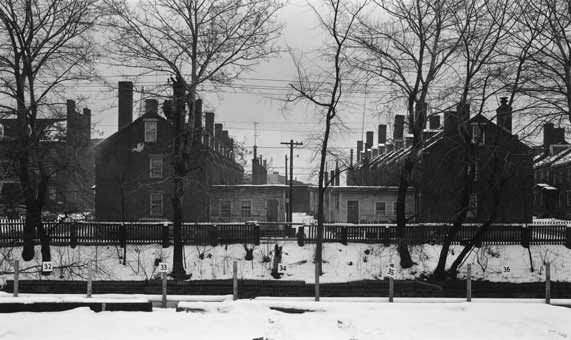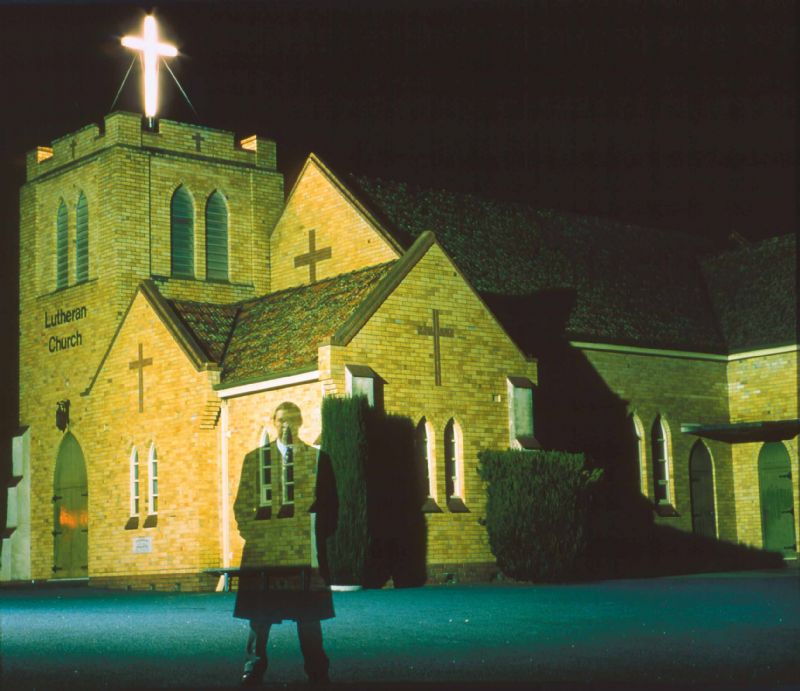December 26, 2011
Albion Band: Battle Of The Somme
I know very little of The Albion Band or the Albion Country Band and I've never heard their Battle of the Field album. This instrumental, Battle Of The Somme, closed that album:
The battle which took place between July 1st, 1916 and November 13th, 1916 and resulted in over a million casualties.
The Albion Band, in its different guises, was still going in 1996:
December 22, 2011
Grateful Dead: View from the vault vol. 2
View from the Vault is a four-part series of live DVDs and companion soundtracks by the Grateful Dead in its latter incarnation--from 1987 to 1991 The audio is taken from the soundboard and the video from the video screens at the concerts. Each volume was released simultaneously as an album on CD and as a concert performance video on DVD.
This is the June 14 1991 concert at the Robert F Kennedy Stadium, Washington DC. It took place after the death of the Dead's keyboardist, Brent Mydland, in late July of 1990. This is the only Grateful Dead video release featuring Vince Welnick and Bruce Hornsby.
It is taken from the live video feed that aired during the concert and it shows Bruce Hornsby adding life to the band, It was a pity that his was such a short tenure with the band--he was a part time member of the band from September 1990 to March 1992. Hornsby had the musical versatility and ability to slip in and out of extended freeform jams.
The musical path he choose was a restless, sometimes bewildering, foray into experimentation, heavy on jazz and improvisation; a spirit of adventure, of having melodies and interludes seamlessly shift, of having time turn elastic.
December 17, 2011
Art Sinsabaugh
Art Sinsabaugh studied photography at i Institute of Design. Thanks to the G. I. Bill, in 1946 he was one of Harry Callahan’s first and best students in the nation’s first degree-granting photography program–where Sinsabaugh began to teach right after graduating.
 Art Sinsabaugh, New Hampshire Landscape #28A, 1969
Art Sinsabaugh, New Hampshire Landscape #28A, 1969
Sinsabaugh pioneered a form of photography, now far more popular than in his time, that evenly balances the demands of documentation with those of art.
December 15, 2011
identity and place
Darren Siwes is an Aboriginal photographic artist based in Adelaide who, by his own admission, does not feel connected with the culture of his ancestors, i Siwes's art works consists of nocturnal images of ethereal figures standing in recognisable locations around Adelaide, the UK and Perth, and which he creates using a method of double exposure photography:
 Darren Siwes, Church 1, 2000
Darren Siwes, Church 1, 2000
He superimposes the ghostly figure of an Aboriginal man in a suit and tie standing in a pose that suggests both a physical resoluteness as well as a 'here I am' gesture of simplicity and vulnerability. The landmarks are focal points of local cultural and historical identity: the Old Gum Tree where the colony of South Australia was founded; the Festival Centre, symbol of the city's cultural ambitions; Mt Lofty House, a grand colonial relic of aristocratic privilege.
December 12, 2011
on postmodernism
In London’s Apocalypse Then & Now in the New Review of Books Martin Filler says that postmodernism came nowhere close in quality to Modernism at its apogee, not least because that later style wholly lacked the social impetus that animated the designs most emblematic of the Modern Movement.
Even though Modernism in its postwar American Corporate phase departed from the reformist program of such interwar German landmarks as Walter Gropius’s Bauhaus of 1925–1926 in Dessau or Ernst May’s Frankfurt housing estates of 1925–1930, it still could bring forth occasional masterworks, including Ludwig Mies van der Rohe’s Seagram Building of 1954–1958 in New York and Eero Saarinen’s John Deere headquarters of 1957–1963 in Moline, Illinois.If there had been any doubts that Postmodernism was not a movement but merely a style—or perhaps even more accurately a “look”—any such uncertainties were erased by this unintentionally deflating exhibition.
Postmodernism in the United States was generally characterized by historicizing motifs (often quotations from well-known architectural landmarks) recombined in collage-like form. Postmodernism is known for its penchant for jokey historical recall and the commercial self-promotion now known as “branding.”
December 11, 2011
T J Clark: Do Landscapes have Identities
This is T J Clark's keynote address, Do Landscapes have Identities?, at the Melbourne Festival of Ideas 2011 Clarke is well known for arguing in his books that modern paintings striving to articulate the social and political conditions of modern life.
The identity or the familiarity the landscape also implies non-identity or strangeness. The banality, ordinariness and the nondescript becomes strange. It eludes the categories we use to make sense of, and to understand, the material world.
December 10, 2011
Willie Nelson and Bob Dylan: Pancho and Lefty
Townes Van Zandt is recognized as widely respected and admired as one of the greatest country and folk artists of his generation. His songs have been widely covered, including classics such as Pancho and Lefty from The Late Great Townes Van Zandt album (1972).
Townes Van Zandt spent the bulk of his life touring various dive bars, often living in cheap motel rooms, backwoods cabins, and on friends' couches. He is regarded as a better songwriter than as a performer, and he struggled with heroin addiction and alcoholism throughout his adult life.
This is Townes Van Zandt's more minimal version:
He's able to interpret the Rolling Stone's Dead Flowers so that it becomes his song. It was used in the final scene of the Coen Brothers' 1998 film, The Big Lebowski. and it plays over the film's closing credits.
He sings about heartbreak and sadness in some joint somewhere to folks who know about such things. The characteristics of the music are the poetry, the stark melodies, the restless wanderlust, the inherent melancholy and impenetrable darkness.
December 6, 2011
shifting from our spectatorial position in a world of images
In Truth or Dare in Art Forum David Joselit says that:
If there is a politics of art today, it has nothing to do with the bland consumption of information—whether in newspapers, on iPads, or on museum walls. Neither can it be found in the inflated, politically correct “deconstruction” of discourse or the exposure of cartoon subjectivities. Let’s face the fact that most of what we call political art is no more than mildly polemical grist for the market: radical-chic consumption analogous in its (largely unintended) affirmative function to the expensive locavore markets and restaurants that are found in the same cities that serve as capitals of art exhibition and consumption. A truly political art now—if it is possible—has little to do with Adornian anti-art strategies of negation on the one hand or representing explicitly political themes on the other.
Joselit adds that the specificity of our current moment lies in a degree of image saturation that was unimaginable throughout most of the past century. As we are constantly told, we now consume images 24/7: on our phones, in elevators, in taxis, etc. Under these conditions, modernist tactics of trauma or defamiliarization are no longer effective.
Consumption implies closure and we need to shift from our spectatorial position. Joselit suggests that we can do this by entering the time of image circulation and make a judgment about what we see there.